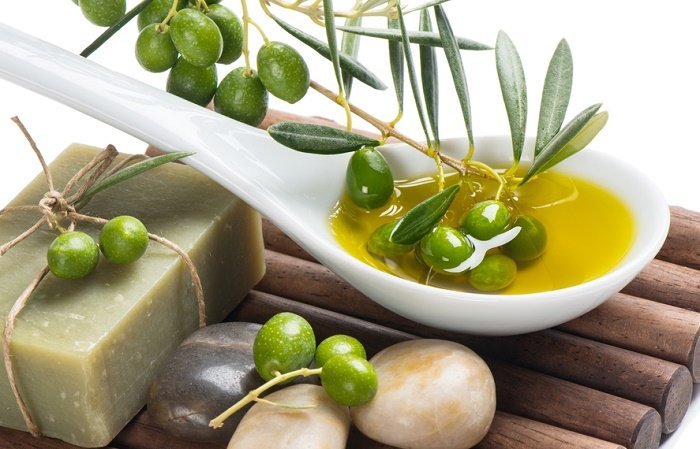4 reasons why safflower oil is great for your skin

Safflower oil is generally available in two types: high in oleic acid or high in linoleic acid. While oleic acid-rich safflower works well for dry skin, most of the other skin benefits are attributed to linoleic-rich safflower oil.

Table of Contents
Benefits of safflower oil for skin
In short, this oil has beneficial effects for the skin since:
- Fight acne.
- Lightens the skin.
- Fight wrinkles and dry skin.
- Improves wound healing.
1. Fight acne
Safflower oil rich in linoleic acid, which makes up about 70% of its composition, is just what your skin needs if you are dealing with acne.
Low levels of linoleic acid can lead to hyper keratinization, a condition in which elevated levels of keratin are seen, which is a protein found in the skin, hair, and nails. This causes dead skin cells to stick together instead of shedding, which in turn causes clogged pores and pimples on the skin. According to one study, topical application of linoleic acid for one month caused clogged skin pores or macroconditions to shrink by approximately 25%. Therefore, apply a little safflower oil to remove pimples from the root and fight microcomedones before they turn into blackheads or whiteheads. It also helps that the safflower oil is not greasy and light.
2. Clarifies the skin
Your skin increases the levels of a natural pigment known as melanin when exposed to sunlight. Melanin protects the skin from the harmful effects of the sun’s rays and also darkens the skin; that’s why the skin tans in the sun. But research shows that linoleic acid has skin-lightening properties. It can suppress melanin production and decrease hyperpigmentation caused by exposure to ultraviolet radiation. It also accelerates the renewal of the outermost layer of the skin or the stratum corneum, which results in the removal of melanin. 5 The vitamin E in safflower oil also helps protect skin from the ravages of the sun thanks to its ability to counteract oxidative stress.
Linoleic acid has also been used to successfully treat melasma, a hyperpigmentation disorder in which dark patches appear on the skin. Therefore, applying safflower oil can help undo a stubborn tan and even out your skin tone.
3. Fight wrinkles and dry skin
Could safflower oil hold the secret to youthful, supple skin? Research seems to suggest it. One study found that middle-aged American women whose diets included higher amounts of linoleic acid had better, less dry skin with fewer wrinkles. Therefore, adding safflower oil to your cooking can translate into younger looking skin.
The study also found that a lower intake of carbohydrates and saturated fat along with a higher intake of vitamin C had beneficial effects on cell regeneration.
It also helps that safflower oil is rich in vitamin E, a powerful antioxidant that fights accelerated aging and skin wrinkles. With 100 g of safflower oil, you have approximately 34 mg of vitamin E, which meets more than 200% of your daily value requirement.
Incorporate safflower oil into your cooking and into your weekly skincare routine. For example, add a little safflower oil every time you make a mask to rejuvenate your skin. It also works as a mild skin moisturizer.
4. Helps heal wounds
Research indicates that both topical application and oral administration of linoleic acid can help with wound healing. An animal study found that the application of linoleic acid increased wound healing mass, as well as the total DNA and protein content of wounds.
Meanwhile, another study looked at the effect of oral administration of linoleic acid on wound healing in diabetic rats. The consumption of linoleic acid was found to induce the formation of new blood vessels and improve wound healing. Linoleic acid can have a pro-inflammatory effect that could speed up the wound healing process.


